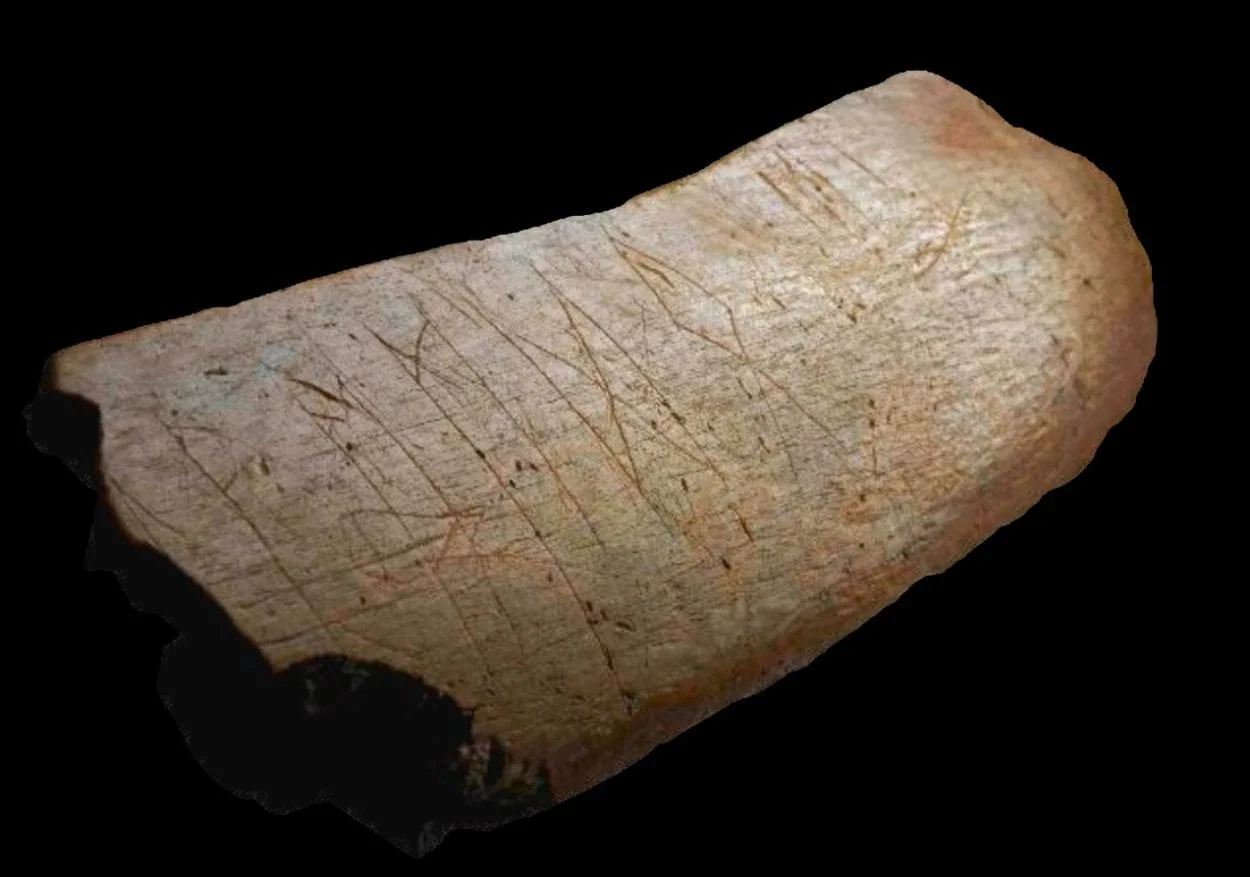Archaeologists conducting excavations at Lány-Břeclav in the Czech Republic, have discovered an inscribed animal rib carved with Germanic runes, that represents the earliest known Slav writing system.
The rib was excavated alongside sherds from the Prague type pottery group, and predates the Glagolitic script, previously thought to be the oldest known Slavic alphabet created in the 9th century by Saint Cyril, a monk from Thessaloniki.
A study published in the Journal of Archaeological Science, used the latest techniques in genetics, radio-carbon dating, and SEM microscopy to analyse the wear, revealing that the rib was from a cow that lived around AD 600.
Robert Nedoma, an expert on Germanic languages from the University of Vienna, identified the inscription to be written in Elder Futhark, used by the Germanic-speaking inhabitants of Central Europe during the 2nd-7th centuries AD.

Elder Futhark is commonly believed to originate in the Old Italic scripts: either a North Italic variant (Etruscan or Raetic alphabets), or the Latin alphabet itself, and was named after the initial phoneme of the first six rune names: F, U, Þ, A, R and K, from the 24 runes in the alphabet.
The rib is inscribed with a sequence of the alphabets last 7 runes (for which it is likely the entire alphabet was originally inscribed), with archaeologists suggesting was probably being used as teaching aid.
Jiří Macháček, head of the Department of Archaeology and Museology of MU’s Faculty of Arts said that “this is a major discovery of not just national significance, but of European importance”, suggesting that the find also calls into question whether cultural differences between Germanic and Slavic Europe were so clear cut.
Header Image Credit : Jiří Macháček







